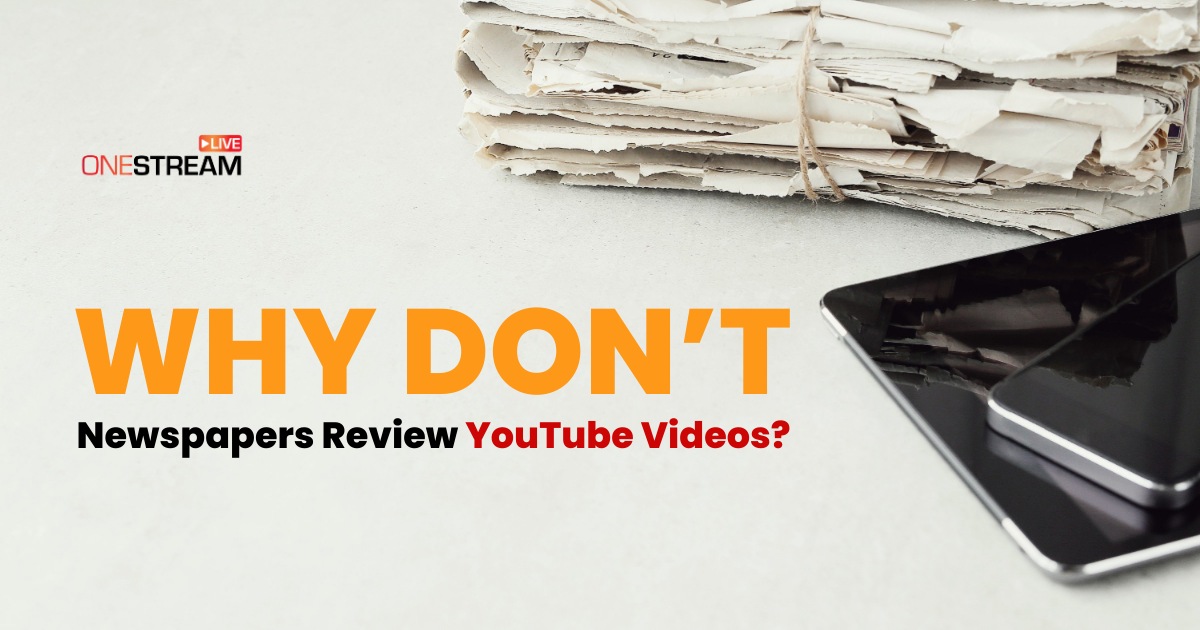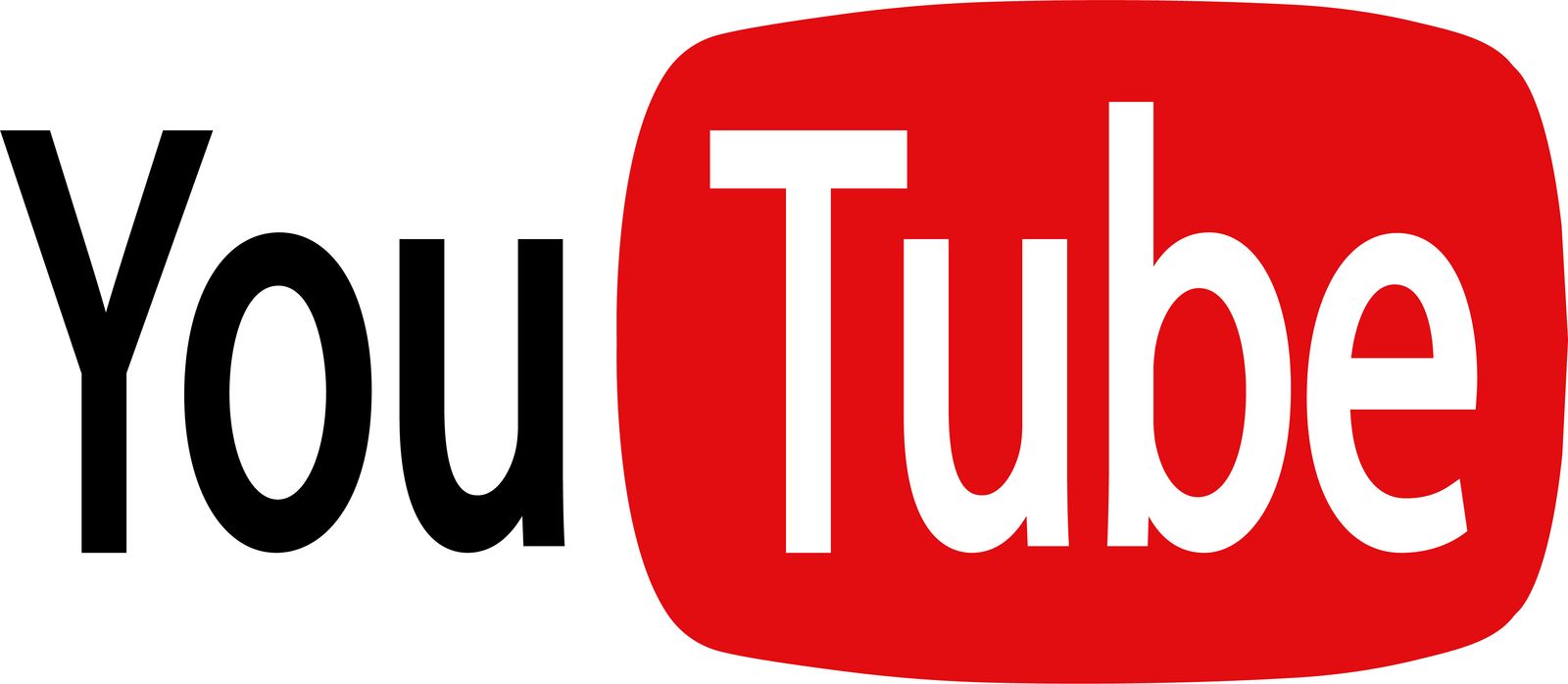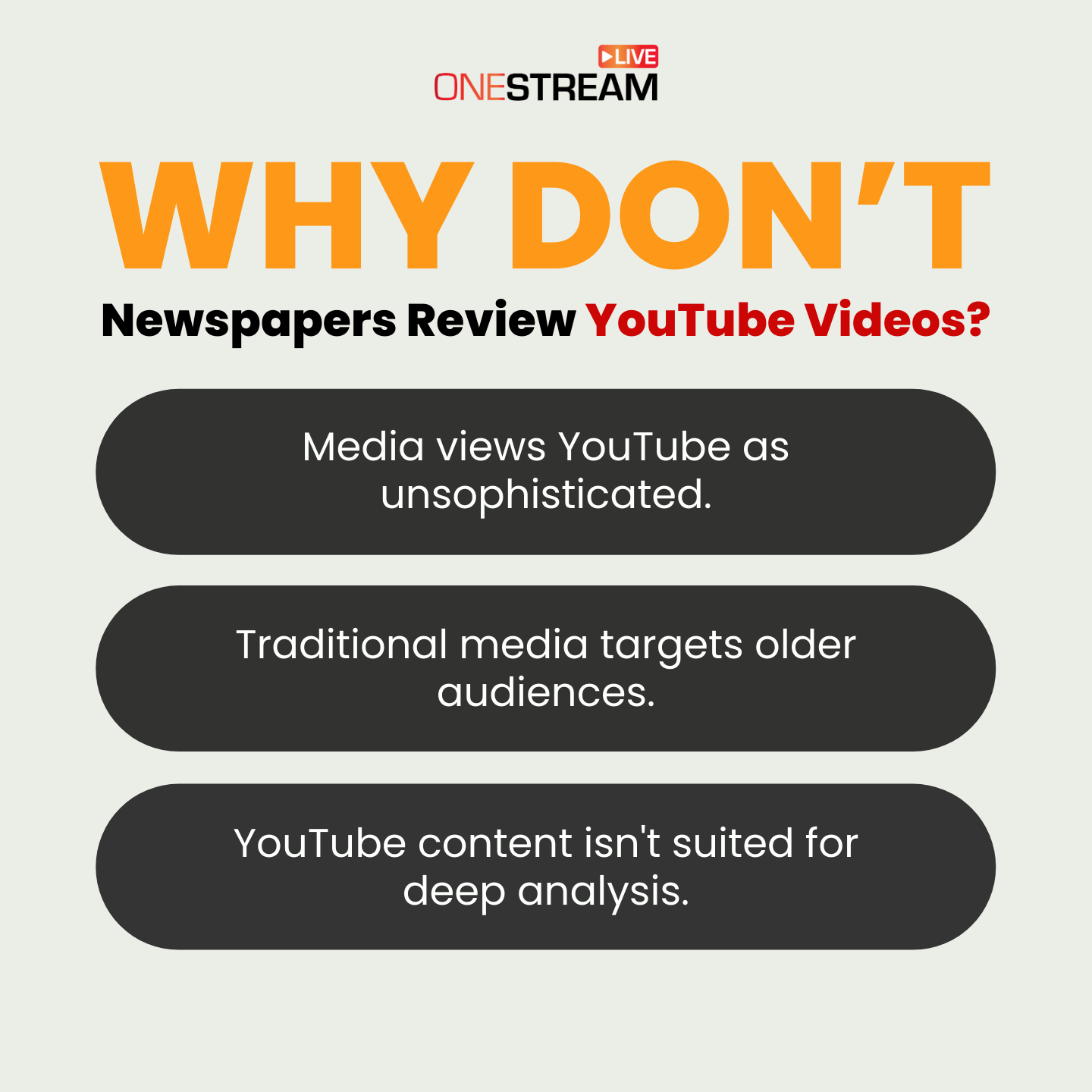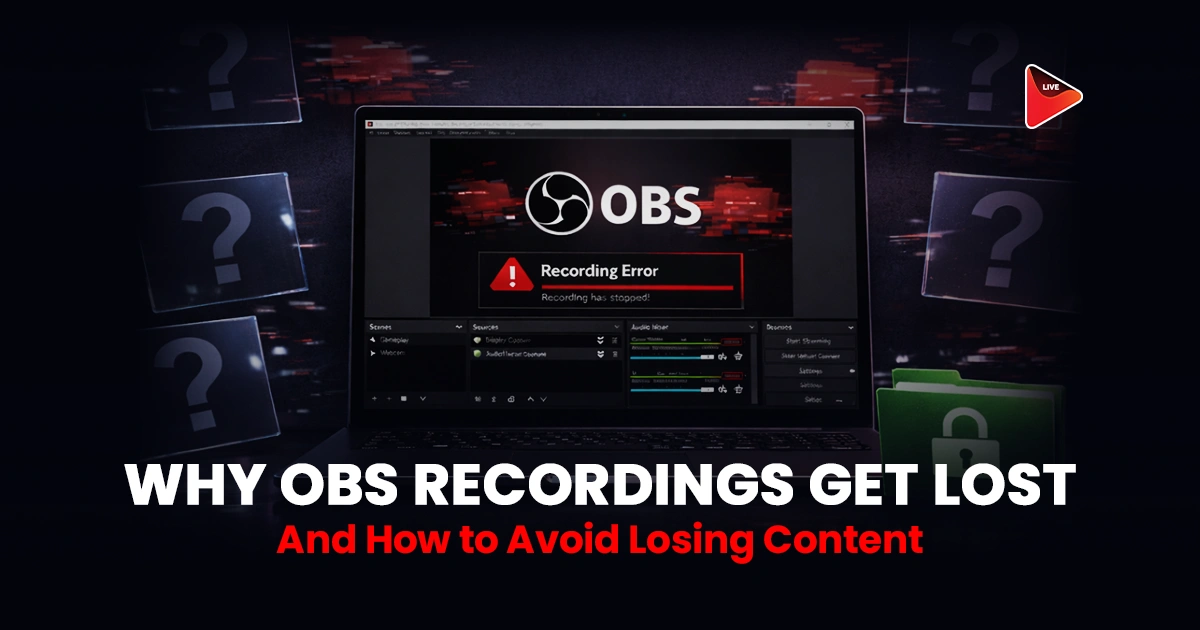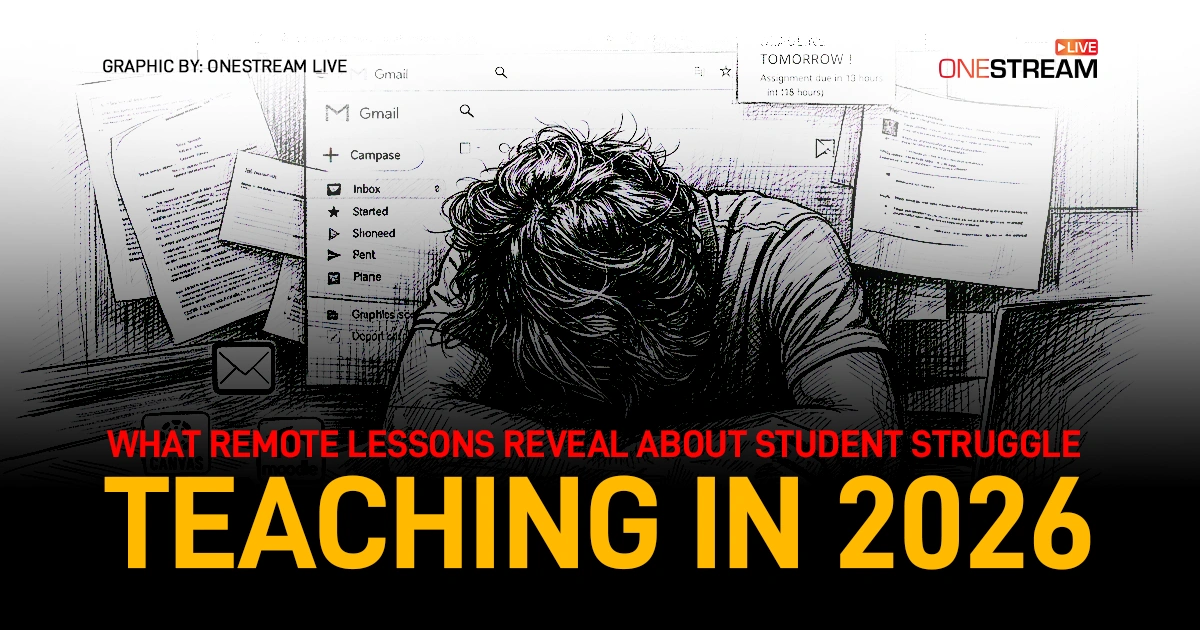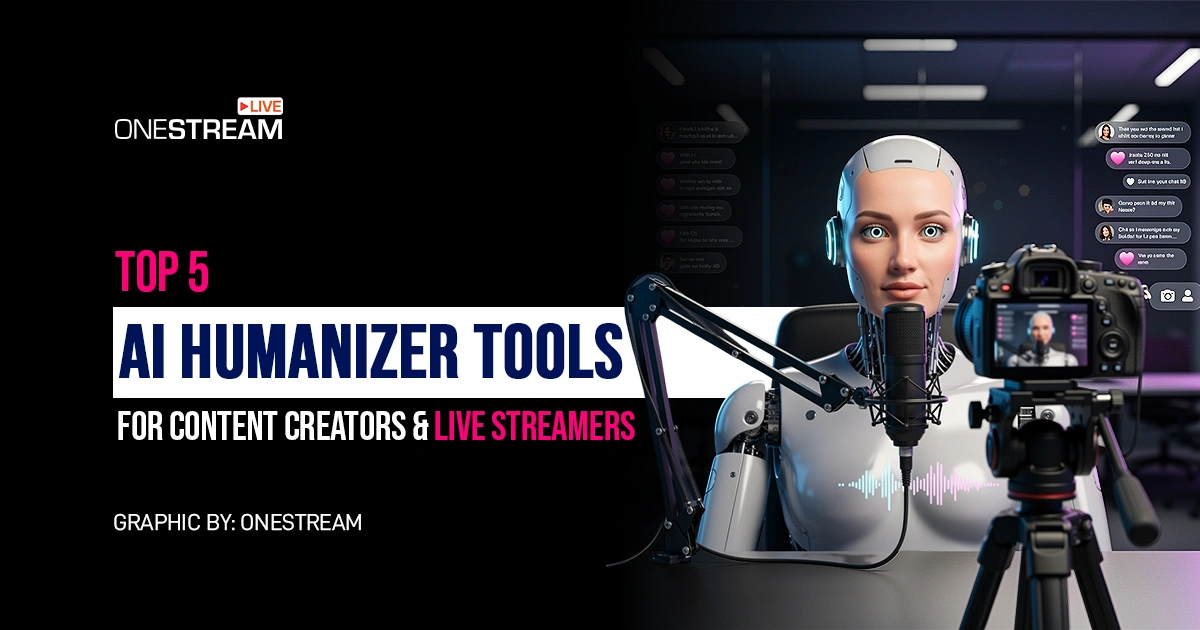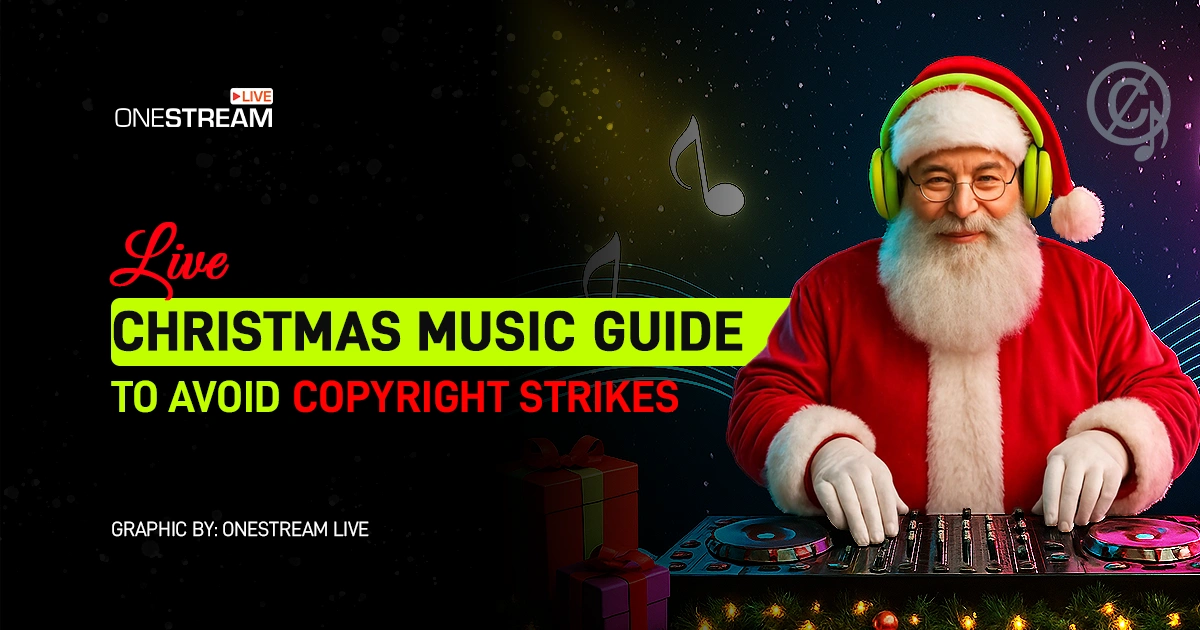YouTube is one of the top-ranking video streaming sites in the world, with more than one billion hours of YouTube videos watched each day and more than five billion videos consumed daily. That translates into more than 30 billion hours consumed each month. Only Netflix and TikTok rival YouTube in viewership, yet with their dominant position as video delivery services, YouTube has a much lighter cultural footprint than its rivals.
So, why do we see episode-by-episode dissections of each new Netflix release but rarely see an article about YouTube content? There are a few possible answers.
Analyzing the Media Coverage Disparity
In early 2024, Time magazine put YouTube star Mr. Beast on its cover in a rare instance of mainstream media giving coverage to a YouTube content creator. But this story was less about the content Mr. Beast creates than the mechanics of producing it—a look behind the curtain that old media rarely provides for the nuts and bolts of movie budgeting or television set building, for example.
However, on the other hand, you’ll often see loving coverage of directors’ choice of film stock and camera lenses. Still, you never see articles reviewing live streaming services like OneStream Live.
You would be hard-pressed to find newspapers and magazines covering YouTube videos, let alone live streams, the way they do TV or movies. But should they? Let’s consider America’s top-rated TV shows. The highest-rated scripted drama, CBS’s Tracker, had 19 million viewers. The average cable show’s audience is less than one million people.
On the other hand, the biggest videos on YouTube have numbers that more than dwarf anything on TV. The aforementioned Mr. Beast has 283 million subscribers and 52.3 billion video views. Other YouTube celebrities like the Stokes Twins (67 million subscribers) and Vlad and Niki (119 million subscribers) have far more viewers than anything on TV.
YouTube Videos vs. Traditional TV and Movies
But when you look at the entertainment section of a news website, what do you see? The coverage of reality shows whose audience can be measured in the hundreds of thousands and dramas quickly canceled due to a lack of viewers.
The most talked-about reality show for weeks was MILF Manor, a game show where younger men dated older women. But only 10 million people watched it, a far cry from YouTube stars DudePerfect, who have 60 million subscribers who watched their videos 17.5 billion times.
The story is even worse for Hulu’s prestige drama Fleischman Is in Trouble, whose audience was too small to measure but which viewer-for-viewer received more media coverage than almost any other TV series in 2022. Think pieces littered every major magazine, but who writes think pieces about what happened during last night’s live streams on YouTube?
YouTube Videos vs. Book Coverage
It gets even worse if you try comparing the coverage of videos on YouTube to that of books. Every publication carries book reviews and author interviews, but sales figures mean no one reads these books. Over 300,000 book titles are published in the U.S. annually, but fewer than 50 sell more than 100,000 copies.
The average book sells only around 500 copies—in a nation of 340 million people. Even an unpopular YouTube channel can usually garner 1,000 subscribers. And yet book coverage dominates the cultural conversation, a conversation a small group of media insiders have with each other about their very specialized interests.
Why Don't YouTube Videos Receive Media Coverage
There are many reasons you don’t hear about the latest videos on YouTube and live streams in your favorite news app or, probably, around the office water cooler:
- Prestige: A major reason the media don’t cover videos of YouTube despite their enormous popularity is that their videos lack prestige. They are not sophisticated works of art intended for a serious middle-aged audience of professionals. (Then again, no one would describe MILF Manor as sophisticated.) The media are in love with themselves, so when major news outlets cover what they think is important, they cover the products put out by their own corporate parents’
entertainment arm and those of companies they consider their equals. Journalists like to feel that they are arbiters of taste and importance, so they champion cultural products—movies, books, and TV shows that make them seem elite, intelligent, and cultural insiders. YouTube videos, which tend to be broad, humorous, personality-driven, and lowbrow—do not provide the same insider Hollywood prestige that defines media entertainment coverage. - Demographics: The audience for most publications is older, with magazines and newspapers seeing most of their readers over 50, just like most TV shows, which have a largely
older audience. Even supposedly youth-skewing networks like the CW (before its recent
acquisition by Nexstar) had audiences dominated by the 50+ crowd. Younger people watch videos on YouTube but don’t read the news media that analyze books
and TV shows for their artistic merits. - Content: Perhaps most importantly, YouTube videos, even those closest to professional quality,
tend to have broad content that doesn’t lend itself to analysis beyond a quick emotional
reaction. Five million people might watch Ben Azelart build a secret room in his house on
YouTube, but there isn’t much to hang an analysis onto, especially when a lot of YouTube content
is formulaic and repetitive. A reaction story to watching a livestream of a YouTuber playing Minecraft would give its readers very little food for thought.
Concluding Thoughts
While YouTube videos and live streams are more popular than most movies and television shows, and every book, to be taken seriously as a cultural force will require the first breakthrough work of YouTube video art, which hasn’t happened yet but might soon as the medium matures.
OneStream Live is a cloud-based live streaming solution to create, schedule, and multistream professional-looking live streams across 45+ social media platforms and the web simultaneously. For content-related queries and feedback, write to us at [email protected]. You’re also welcome to Write for Us!

